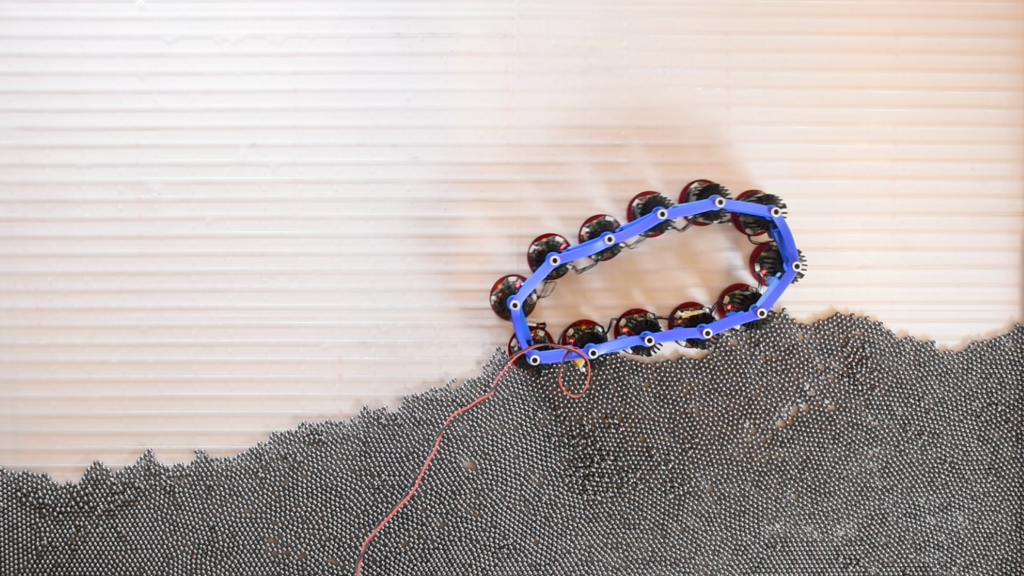The Oriental Institute will mark the 10th anniversary of the looting of artifacts from the Iraq National Museum in Baghdad with a special exhibit and a seminar on Tuesday, April 16.
Experts from around the country will speak at the seminar, “Catastrophe! Ten Years Later: Looting Destruction, and Preservation of Cultural Heritage in Iraq and the Wider Middle East,” which will be from 2 to 4 p.m. in Breasted Hall. No registration is required for the event, which is free and open to the campus community. Topics for the seminar are “The Iraq Museum, Then and Now,” “Cultural Heritage in Iraq,” “Tracking Destruction in Iraq and Syria,” “The National Museum of Afghanistan,” and “Antiquities and Heritage Law.”
“The looting 10 years ago of the National Museum in Baghdad, followed by the extensive pillaging of the world’s earliest cities in southern Sumer, together sounded an alarm to all of us about the fragility of cultural heritage, and the need for concerned citizens everywhere to take action for its protection,” said Gil Stein, director of the Oriental Institute.
“The international community still mourns the loss of life in Iraq and the theft of priceless cultural heritage,” said Jack Green, chief curator of the Oriental Institute Museum, who organized the seminar with Katharyn Hanson, co-curator of the exhibition.
Iraq was the birthplace of cities and writing and continued to be a center for world civilizations as the homeland of the Sumerian, Assyrian and Babylonian empires, and the capital of the early Abbasid empire. It has been an area extensively excavated by archaeologists, including teams from the University of Chicago.
Many artifacts from past excavations in Iraq, including the monumental Assyrian Lamassu (winged bull) from Khorsabad in northern Iraq, can be seen on display in the Oriental Institute Museum. These objects, and their discovery locations, highlight the importance of ancient Iraq as part of global heritage.
The exhibition, “Catastrophe! Ten Years Later: The Looting and Destruction of Iraq’s Past,” will features photos and panels from a special exhibit in 2008 that marked the fifth anniversary of the destruction as well as updated material. It is on exhibit in the hallway on the lower level of the museum.
Looting has continued in Iraq, but legislation in the United States and Great Britain barring importing the objects has slowed the process, said McGuire Gibson, professor at the Oriental Institute, one of academics to speak out against the destruction and looting in 2003. Gibson will be one of the speakers at the seminar.
“The situation in Iraq is now hopeful,” he said. “The Ministry of Tourism and Antiquities is concerned about looting at the sites, and there are now more guards on the sites than there were before the war.
“Additionally, sites are being opened up for exploration. Iraqi archaeologists in the past 10 years have located and documented 1,200 new sites on land that was previously covered with marshes. Exploring those sites will help determine how far into Iraq the Gulf may have extended before the area took its current form,” Gibson added.
Foreign excavating teams have been allowed to work again in Iraq, and digs are under way in both the north and south, including near the important site of Ur.
Despite the progress, looted artifacts are still for sale in countries abroad. The Iraq National Museum in Baghdad, which was heavily damaged during the first days of the war, is only opened sporadically for special events. But a lot of work has been done to restore the museum, Gibson said.






